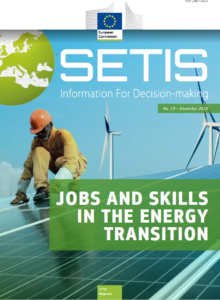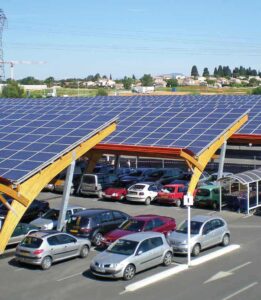Marsidi, M.
Publicaties van Marsidi, M.
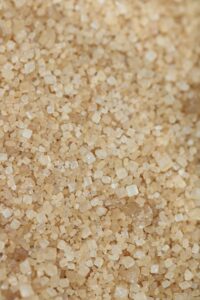
Opties voor decarbonisatie van de Nederlandse suikerindustrie
Suikerproductie in Nederland Dit rapport beschrijft de huidige situatie van de Nederlandse suikerproductie en de mogelijkheden en voorwaarden voor de decarbonisatie ervan. Er zijn twee suikerfabrieken in Nederland, in Dinteloord en Vierverlaten, beide geëxploiteerd door Suiker Unie, onderdeel van Royal Cosun, een agro-industriële coöperatie. De suikerproductie uit suikerbieten is seizoensgebonden en begint meestal begin september […]
Lees meer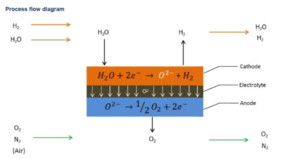
Solid-Oxide Electrolysis
Solid-oxide electrolyzers are most commonly used high-temperature electrolyzers [5] but it is also the least developed electrolysis technology [2]. Solid-oxide electrolysers operate between 650-1000 °C and already offer impressively higher efficiency level (93%, higher heating value (HHV)) than other electrolyzers [3]. The electrical efficiencies could be increased up to 97 % (HHV) by integrating derived […]
Lees meer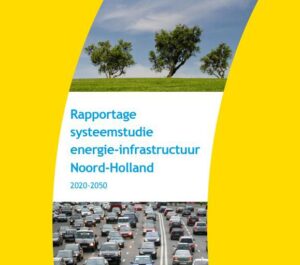
Systeemstudie energie-infrastructuur Noord-Holland 2020-2050
Deze studie is de eerste in zijn soort, door een integraal beeld te geven van de energie- ontwikkeling in de toekomst en de impact op de noodzakelijke energie-infrastructuur. Van oudsher worden systeemanalyses uitgevoerd voor afzonderlijke energiemodaliteiten (bijvoorbeeld elektriciteit of gas). De opgaven en uitdagingen van de energietransitie maken het noodzakelijk om veel meer te kijken […]
Lees meer
Review of energy transition scenario studies of the Netherlands up to 2050
Major insights (‘general observations’) of the report High diversity of scenario studies The scenario studies reviewed in the report show a wide diversity in terms of the general character and approach of these studies, their scope and focus, as well as the underlying assumptions of these studies. High diversity of scenario outcomes The reviewed scenario […]
Lees meer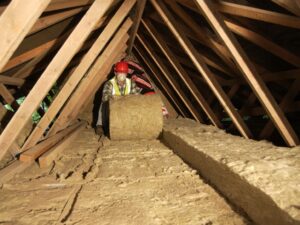
Opties voor decarbonisatie van de Nederlandse steenwolindustrie
Steenwolproductie in Nederland De productie van steenwol in Nederland vindt plaats bij Rockwool NL B.V. in Roermond. Het bedrijf produceert jaarlijks 300 kiloton (kt) aan steenwolproducten, uit verschillende mineralen en recyclingstromen. De bijbehorende CO2-uitstoot is voornamelijk afkomstig van het smeltproces en bedroeg in 2017 142 kiloton per jaar. Opties voor decarbonisatie van de productie van […]
Lees meer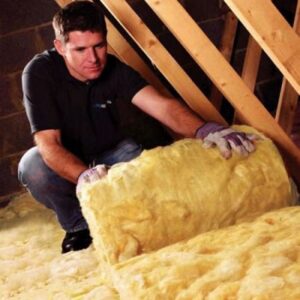
Opties voor decarbonisatie van de Nederlandse glaswolindustrie
De glaswolindustrie in Nederland Glaswol wordt in Nederland geproduceerd door Saint-Gobain Construction Products Nederland B.V. in Etten-Leur. Naar schatting produceert het bedrijf momenteel jaarlijks 60 kiloton glaswol en glasvliesproducten, uit verschillende delfstoffen en recyclingstromen. Het grootste deel van de CO2-uitstoot is gerelateerd aan het smeltproces, dat voornamelijk op aardgas draait. Ongeveer 11% van de CO2-emissies […]
Lees meer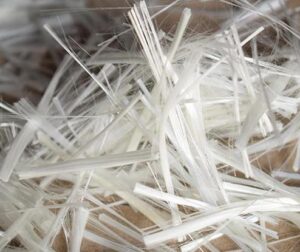
Opties voor decarbonisatie van de Nederlandse glasvezelindustrie
Overzicht van de glasvezelproductie De continue glasvezelproductie in Nederland vindt plaats bij Electric Glass Fiber NL, B.V. in Westerbroek, Hoogezand, onderdeel van Nippon Electric Glass. De onderneming produceert jaarlijks 75-80 kiloton continuglasvezel, die wordt gebruikt voor de mechanische versterking van kunststoffen en andere producten. Van 2013 tot 2017 bedroeg de jaarlijkse CO2-uitstoot 39-42 kiloton. Deze […]
Lees meerIndustrial mechanical vapour recompression (MVR)
Mechanical vapour recompression (MVR) is an open heat pump system in which the pressure and temperature of the vapour, together with the corresponding saturation temperature, are increased by means of compression (Klop, 2015). Steam recompression is a specific variation of MVR. Low-pressure steam exhaust from industrial operations, such as evaporators or cookers, is usually vented […]
Lees meerIndustrial high temperature heat pump
High Temperature (HT) heat pumps that provide heat well-above 130°C for industrial application are currently not available (Marina et al., 2017). The goal of current research is to develop heat pumps that can achieve output heat temperature levels of around 200°C, which will enable heat pumps to be used for a larger group of processes. […]
Lees meer
Opties voor decarbonisatie van de Nederlandse papier- en kartonindustrie
Papier- en kartonproductie in Nederland Dit rapport beschrijft de huidige situatie van de Nederlandse papier- en kartonproductie en de mogelijkheden en voorwaarden voor de decarbonisatie ervan. Er zijn 21 papier- en kartonfabrieken in Nederland. Zij produceerden in 2017 meer dan 3 miljoen ton. De totale CO2-uitstoot van de sector bedroeg iets meer dan 1 Mton […]
Lees meerPolymer electrolyte membrane (PEM) hydrogen installation – large-scale
PEM operates at a temperature of around 60-70 degrees Celsius (Weeda, 2018). Electricity is used to split water (H2O) into oxygen (O2) and hydrogen (H2). The technology consists on one side of a positive terminal (anode), where water (H2O) reacts with a catalyst to form oxygen, electrons (e-) and hydrogen protons (H+). The hydrogen protons […]
Lees meerPolymer electrolyte membrane (PEM) hydrogen installation – small-scale
A PEM installation can produce hydrogen at a pressure of 5-50 bar (ECN 2018) which can subsequently be further compressed to 80-950 bar to reduce the need for storage capacity. A pressure of 80 bar is necessary for injection in the natural gas network, whereas a pressure of 350-950 bar is necessary for using hydrogen […]
Lees meerElectric industrial boiler
There are several types of industrial electric boiler systems commercially available. The most common systems are: Resistance heating element boiler; Electric current passing directly through water (electrode boiler, uses the conductive and resistive properties of the water itself). There are also infrared- and induction boilers available, but these are small-scale systems and less commonly used. […]
Lees meerAlkaline-electrolysis hydrogen installation – large-scale
Electrodes in AEL are made of nickel or of porous metal structures (NOW 2018). Hydrogen ions move towards the cathode and hydroxide ions move towards the anode. A diaphragm is used to separate the two electrode compartments. Gas receivers are then used to collect the formed hydrogen and oxygen gases. To ensure good conductivity the […]
Lees meerAlkaline-electrolysis hydrogen installation – small scale
Electrodes in AEL are made of nickel or of porous metal structures (NOW 2018). Hydrogen ions move towards the cathode and hydroxide ions move towards the anode. A diaphragm is used to separate the two electrode compartments. Gas receivers are then used to collect the formed hydrogen and oxygen gases. To ensure good conductivity the […]
Lees meer